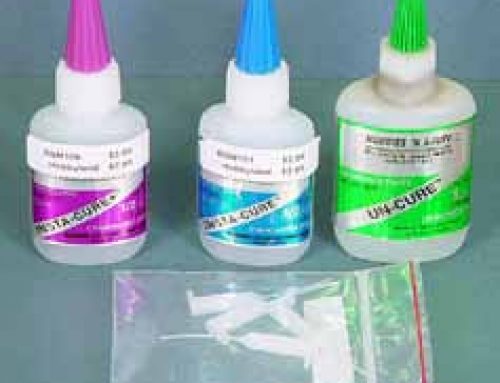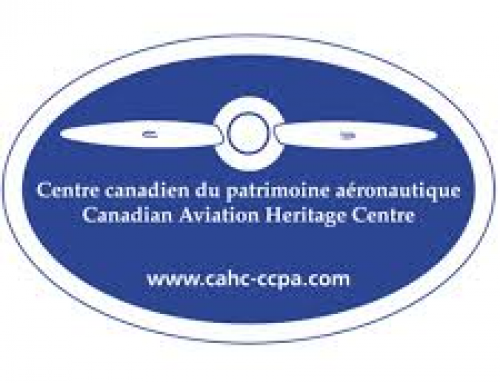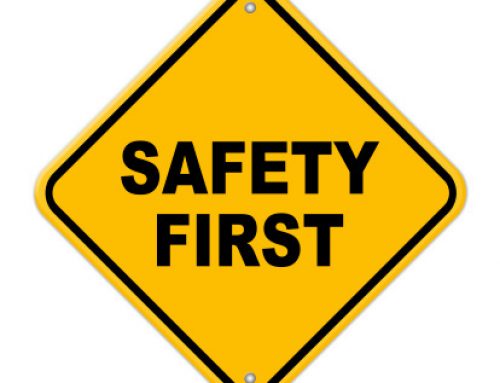by Kevin Smith, C#3295
It is my hope that all modellers already have a respirator and a dust mask in their hobby area, and use it regularly. A dust mask should be considered a ‘must’ for sanding (especially when dealing with resin), but you may not see the need for a respirator when spraying paint. Perhaps you think that because you have a spray booth, you don’t need one? Perhaps you think that because you only deal with water-soluble acrylic paints, you don’t need one? I’d like to take this opportunity to stress the need to wear a respirator whenever spraying paint, regardless of your ‘ventilation situation’.
The need for a respirator stems from the fact that paint and thinner particles are chemicals, and these chemicals can easily enter your body, especially in the highly-aerosolized state they’re in when shot through an airbrush. If you can smell it, it just entered your body, and is making its way into your respiratory system. The spray booth in your painting area is preventing the fumes from spreading through the rest of the house, but you have to consider that the source of those fumes is only about two feet from your nose and mouth.
A dust mask is okay for sanding, etc., but is not suitable for painting. I can’t recommend enough the use of a good quality half-face respirator fitted with appropriate filter cartridges. A half-face mask covers the nose and mouth, and has adjustable straps to keep it correctly positioned on your face. There are a variety of respirator manufacturers, including North, Survivair, 3M and MSA. No manufacturer is really better than another, but North and Survivair offer a greater variety of cartridges.
The masks are typically made of silicone, but rubber models can be found as well for those folks with silicone sensitivities. The filter cartridge to look for is called an OV/P100. This grey part of the cartridge will filter out organic vapours, and the smell associated with them. The P100 refers to the fact that the pink part of the cartridge has a HEPA filter that is capable of filtering 99.97% of particles that enter it. A decent half-mask shouldn’t run you more than about $25 at the top end, and maybe another $10 for the cartridges, depending on how many it takes (one or two, depending on brand). There are “disposable” respirators out there as well, but I wouldn’t recommend them, as they lack the adjustability of the reusable masks.
Regarding care and maintenance of your mask, it is not necessary to strip it down after each use. Do that maybe once every few months (depending on your usage), and you’re covered. After each use, however, it is a good idea to give the part of the mask that touches your face a quick wipe down with a mild alcohol solution. The reason for this is to remove the oils transferred from your skin, as they will eventually break down the silicone or rubber your mask is made of. DO NOT use those handi-wipes you get at the local fast food joint, as they’re typically 70-90% alcohol, and will very quickly break down the mask. A milder wipe (10% solution) can be purchased from the same location you buy your mask.
Another very important thing to consider is storage of your cartridges when not in use. To maximize their life, remove the cartridges from the mask, and store them in a Ziploc bag. The reason for this is that the OV part of the cartridge continues to work when exposed to air. If you don’t feel like removing the cartridges after each use, put the whole mask in large Ziploc bag, and you’ll be fine.
There are two ways to tell that your cartridges have reached the end of their useful life. The first clue is that you can smell what you’re spraying. That tells you that the OV part of the cartridge is spent, and that your cartridge(s) should be replaced. The second way is that you find it harder to draw in air to breathe. That tells you the P100 HEPA is now clogged, and your cartridge(s) needs to be replaced. The final thing to take into consideration is that before you go to buy new cartridges, take careful note of what type of mask you have, as the cartridges are not interchangeable. A North cartridge won’t fit on a 3M mask, and vice versa.
One last thing I strongly recommend is that you be fit-tested for your mask, even if you already own one. The reason for this is that it is the best way to ensure that the mask you are buying (or already own) is the model and size that is best suited for you. A fit test will also demonstrate to you how to properly put on your mask, and test it for proper seal before you use it. Where I work, I can tell horror stories of people using a mask that was not the right size. As an example, we recently had a police homicide detective come in for a fit-test mandated by the Ministry of Labour, and the mask he had been using for the last five years was not the right size. He failed the test on the first attempt. He was horrified to think of the number of crime scenes, meth labs, etc. he had been in without proper protection. If you have been fit-tested for your mask, but have experienced weight gain/loss of 10 lbs or more, scarring on the face, loss of teeth, or other facial injury, you should consider being fit tested again, as all of these will affect how your mask fits on your face. To have a fit test done, you’ll need to be clean shaven. Woolly mammoths like our esteemed RT Editor will need to go full-face mask in order to pass a fit-test. A store like Home Depot won’t perform this service, but a reputable safety supply house will perform the test for a nominal fee.
In summary, please don’t take your lungs for granted. They’re the only ones you are likely to have and need to last a lifetime. A mask and a set of cartridges will cost you about the same as that new-tool model kit aircraft you’ve been thinking of adding to the stash. Isn’t peace of mind worth that much?
If you have any questions on this topic, please feel free to drop me a line at [email protected]. I’d be happy to help.
Kevin works for one of Canada’s largest retailers of safety supplies and personal protective equipment for the asbestos/mould abatement industry. He’s been building for about 12 years after returning to the hobby in his adult years. His primary interest is 1/48 or 1/32 aircraft, but he will blow the dust off the odd armour, automotive or naval kit, just to keep the skills fresh, and prevent him from slipping into a pattern. This article originally appeared in RT 33/2, Spring 2011




